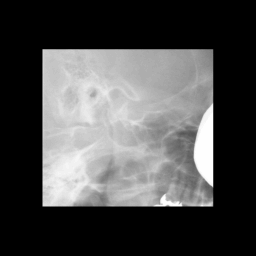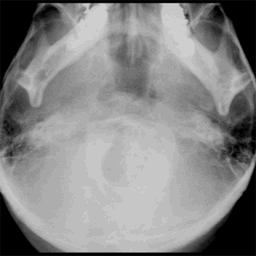Kinetic Analysis of the Temporomandibular Joint (TMJ)
Yuriko Otani
Background
The number of patients with temporomandibular disorders
(TMD) is increasing, but the reason for this is unclear.
Pain caused by chewing is the most common symptom,
however, patients suffering from TMD may have also show
one or more of the following symptoms:
- limited movement or locking of the jaw
- a drastic shift offsets the upper and lower teeth
- radiating pain in the face, neck or shoulder area
- painful clicking, popping or grating sounds in the jaw joint when opening or closing the mouth
We quantitatively evaluated the movement of the TMJ by computer.
Being able to easily capture images of a moving mouth, this
objective analysis technique
can be used as a diagnosis tool. It can also be used to explain the disorder to
receive the
informed consent of the patient.
Furthermore, surgical results can be evaluated by comparing by pre-surgical
captured images
with post-surgical images.
Methodology


Using Schuller imaging and axial positional imaging, we took sequential images during various stages of movement of the TMJ ranging from a fully closed to a fully open position. Since the TMJ is the articulation between the condyle of the mandible and the squamous portion of the temporal bone, we are trying to develop a computer algorithm in order to automatically detect any TMDs by analyzing the path and distance of movement of the condyle.